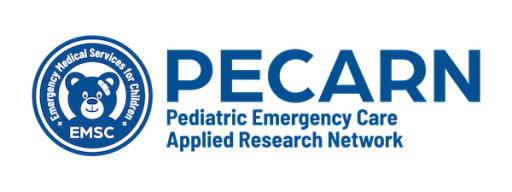par Pediatric Emergency Care Applied Research Network (PECARN)
Neck Injury Prediction Rule Could Decrease Imaging Exposure in Children, Study Finds
COLUMBUS, OH / ACCESSWIRE / June 6, 2024 / Cervical spine injuries in children are relatively rare but can have serious consequences, like paralysis. The standard method for detecting these injuries involves X-rays and computed tomography (CT) scans, which expose children to radiation and may pose long-term health risks. In a study published June 4 in The Lancet Child & Adolescent Health, researchers from the Pediatric Emergency Care Applied Research Network (PECARN) outline a novel approach to predicting cervical spine injuries in children that reduces the need for imaging by half - while ensuring injuries are not missed.

"Quickly and accurately identifying children with potentially severe injuries is crucial for emergency medical providers," said Julie Leonard, MD, MPH, who led the PECARN study team and is a pediatric emergency medicine physician at Nationwide Children's Hospital. "Our extensive, multicenter study demonstrates that using this rule, which relies on self-reported symptoms and physical examination, can prevent unnecessary radiation in children."
Children are more sensitive to radiation exposure than adults because their tissues and cells are still developing. Imaging can also be stressful for a child and their family, contribute to long wait times in emergency departments, and come with high costs. In addition, research demonstrates disparities in imaging use in emergency departments. Evidence-based rules can help ensure standardization of care.
The new model incorporates nine risk factors, all identifiable by physical examination. Among the 22,000 study participants, only 0.2% without any of these risk factors had a clinically significant cervical spine injury, suggesting that these children can be safely evaluated without imaging.
Learn more about PECARN, part of the federal Emergency Medical Services for Children (EMSC) Program, at https://pecarn.org/. Learn more about Nationwide Children's Hospital at www.nationwidechildrens.org/.
About PECARN
Part of the EMSC Program, PECARN is the first and only federally funded research network dedicated to advancing clinical knowledge in pediatric emergency care. The network includes researchers from 18 emergency departments and nine EMS agencies across 14 states. Learn more at https://pecarn.org/.
PECARN is supported by the Health Resources and Services Administration (HRSA) of the U.S. Department of Health and Human Services (HHS) as part of awards totaling $4,950,000 with 0% financed with nongovernmental sources. The contents are those of the author(s) and do not necessarily represent the official views of, nor an endorsement, by HRSA, HHS, or the U.S. Government. For more information, visit HRSA.gov.
About The Abigail Wexner Research Institute at Nationwide Children's Hospital
Named to the Top 10 Honor Roll on U.S. News & World Report's 2023-24 "Best Children's Hospitals," Nationwide Children's Hospital is one of America's largest not-for-profit, free-standing pediatric health care systems. As home to the Department of Pediatrics of The Ohio State University College of Medicine, Nationwide Children's faculty train the next generation of pediatricians, scientists and pediatric specialists. The Abigail Wexner Research Institute at Nationwide Children's is one of the Top 10 National Institutes of Health-funded free-standing pediatric research facilities in the U.S. Learn more at NationwideChildrens.org/Research.
Contact Information
Emily Lemiska
Director of Communications
communications@emscimprovement.center
860-748-1349
SOURCE: Pediatric Emergency Care Applied Research Network (PECARN)
View the original press release on newswire.com.

